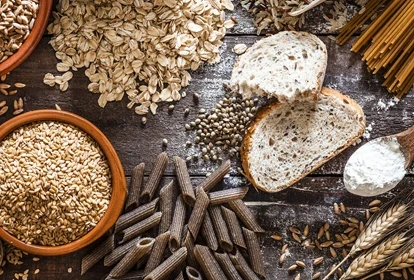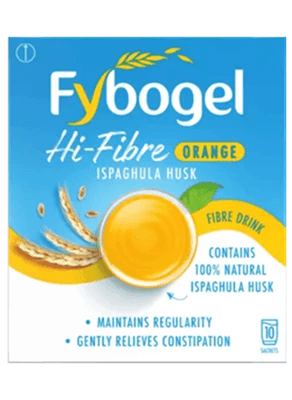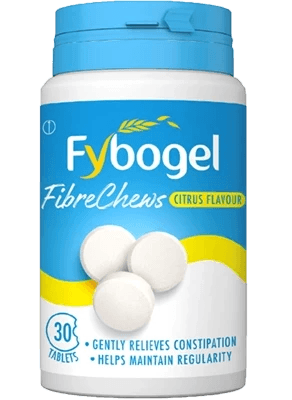Different Types of Dietary Fibre
This article explains what dietary fibre is, different types of fibre and ways to include more fibre in your daily diet.
What is Fibre?
Fibre is a type of carbohydrate found in plant foods that is not digested. In the UK, it’s recommended that adults should eat around 30g of fibre daily. Here are some common foods and their fibre content (see Table 1).
Table 1: Common Foods and Their Fibre Content
| Food | Fibre Content (g) |
|---|---|
| Medium banana | 2g |
| Apple | 2g |
| Small handful of walnuts (30g) | 2g |
| Medium orange | 3g |
| Raspberries (60g) | 3g |
| Broccoli (80g) | 3g |
| Medium carrot e | 3g |
| Brown rice (180g) | 3g |
| Linseeds or flax seeds (15g) | 4g |
| Tahini (30g) | 4g |
| Uncooked oats (50g) | 5g |
| Chia seeds (2tbsp) | 8g |
Unlike other types of carbohydrates - such as starch and sugar, which are digested in the small intestine - fibre passes through to the large intestine, where it’s broken down by gut bacteria. This process is known as fermentation.
Fibre is classified according to many factors, such as its ability to be broken down by health bacteria (fermentability) as well as its ability to thicken and dissolve in water. These last two properties are important for healthy digestion. They help fibre to absorb water in the intestine and add bulk to the stool, which makes it easier and more comfortable to pass.
Eating enough dietary fibre can help you to stay regular, preventing constipation.
Different Types of Dietary Fibre
There are lots of forms of dietary fibre, each with different properties which affect our health (see Table 2).
Table 2: Different Types of Dietary Fibre










